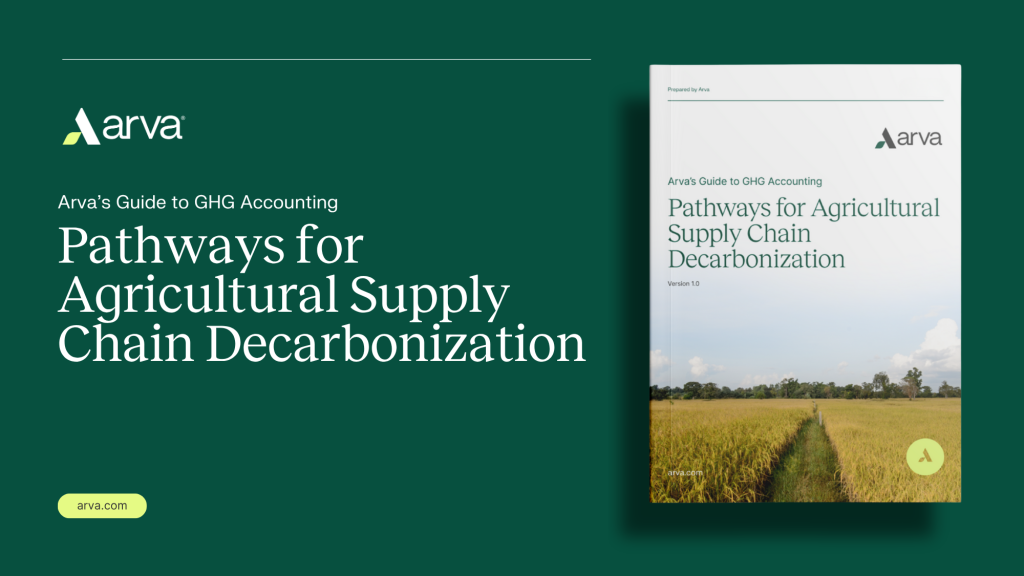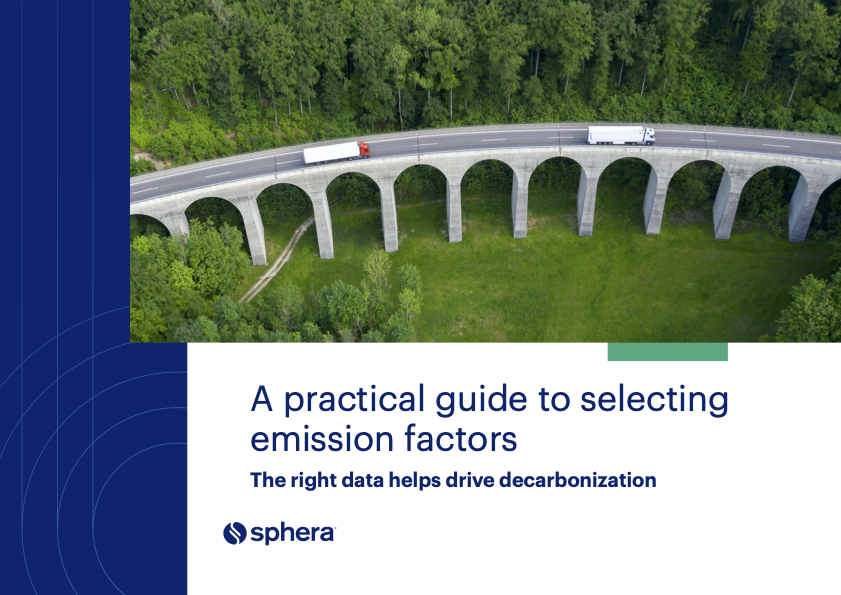FedEx, United bet it's (finally) time for jet biofuels to take off
Look to airlines like Virgin, Southwest and United, as well as buy-in from manufacturers and logistics providers Boeing and FedEx. Read More

From algae-based concoctions to blends with used cooking oil or the residue left over from forest fires, excitement about piloting widely varied biofuel feedstocks — or raw materials that can be converted into fuel, lowering carbon emissions by varying degrees — have prompted plenty of premature warnings to the aviation industry’s incumbent petroleum fuel suppliers.
What’s kept the aspirations of biofuel providers and airlines looking to cut emissions on the ground, however, is nagging uncertainty about the scalability of biofuel supply chains, regional variation in available feedstocks and (of course) cost concerns.
“There are two key issues,” Jessica Kowal, Boeing’s head of environmental policy communications, told GreenBiz. “We as an industry need to increase the supply, and we need to bring down the cost. It needs to be more affordable and available.”
To that end, FedEx has become the latest corporate buyer to bet on aviation biofuels. On Tuesday, Colorado biofuel producer Red Rock Biofuels announced that the shipping giant has agreed to purchase 3 million gallons of low-carbon fuel per year.
It’s also not just about airlines. Alt-fuel producers targeting other sectors of the transportation industry, like microorganism-to-fuel producer Joule’s pursuit of the automotive market, illustrate how biofuels can be reformulated to serve customers in different markets.
One drawback is that the shades of green in the biofuel industry vary widely. Companies that rely on organic materials, like corn or wood, are often criticized for disrupting increasingly-strained food systems. Other feedstocks require large amounts of water for processing, and there’s also the perennial challenge of transporting fuel to where it will be consumed without drastically increasing the product’s carbon footprint.
Still, Red Rock Biofuels Co-Founder and President Terry Kulesa, a veteran of the ethanol industry, cites two big forces driving a resurgence in the biofuel market: volatility in oil prices and the looming specter of tighter carbon regulations.
“Carbon is continuing to a be a bigger and bigger issue,” Kulesa told GreenBiz. “We equate it to the organic food industry and how that started. As more and more people got involved, they demanded that from their supply. We see the same thing with carbon.”
Preparing for takeoff
In addition to FedEx, Southwest and plane manufacturers like Boeing, several other commercial airlines have also signaled renewed interest in biofuels and further trimming carbon emissions.
Overall, the Natural Resources Defence Council calculates (PDF) that as of January, more than three dozen commercial airlines have logged a combined 600,000 miles of flight time powered at least in part by biofuel.
The question now is whether the proportion of flights run at least in part on biofuels will start to tick upward with more big-name airlines investing hefty sums of money.
In recent weeks, United Airlines has announced that it is testing a biofuel blend made from farm waste and animal fats on a flight from Los Angeles to San Francisco. Perhaps as a sign of longer-term faith in expanded usage of the fuel source, the airline has also invested $30 million in the producer of the agricultural biofuel, Fulcrum BioEnergy — a provider that Hong Kong-based airline Cathay Pacific has also backed.
On the regulatory end of the fuel spectrum, Australian airline Qantas is also one of the major transportation fuel users advocating for clear carbon policies.

The quest for better biofuels
Red Rock is hoping to begin delivering fuel to those buyers in 2017, by which point Kulesa hopes to catalyze further investment in the space. With more capital flowing into the high-overhead sector, he sees an opportunity to procure additional gasifiers or other carbon removal technologies.
“We need some winds out there — some projects that work,” he said. “If you can get the first project financed, then you have a lot of avenues. The ultimate goal is to get really low-carbon fuel at the end of the day.”
Boeing, meanwhile, has adopted the role of acting as a convener between biofuel providers, airlines and others with a vested interest in aviation fuels.
Focusing on the development of regional feedstock supply chains is one primary focus. The company is currently involved with biofuel operations using corn leaves and stalks in the midwest, gutter oil in China, sugar cane in Brazil and plants native to the deserts of the United Arab Emirates.
In addition to concerns about the carbon impacts of each of those fuel variations — Boeing works with biofuels expected to reduce emissions by at least 50 percent — there are other potential pitfalls, like regional land use patterns or negative impacts on communities where feedstocks are sourced, that necessitate a localized approach.
“There’s a sort of batch beer approach,” Kowal said. “You have individual projects.”
Though it takes legwork to hone those batches, it beats the alternative of being left with fuels that are incompatible with existing planes, since expensive aircrafts take years to design and are often used by airlines for decades.
“When you use biofuel, it needs to be used in any airplane that takes off and lands,” Kowal said.

Subscribe to Trellis Briefing
Featured Reports















